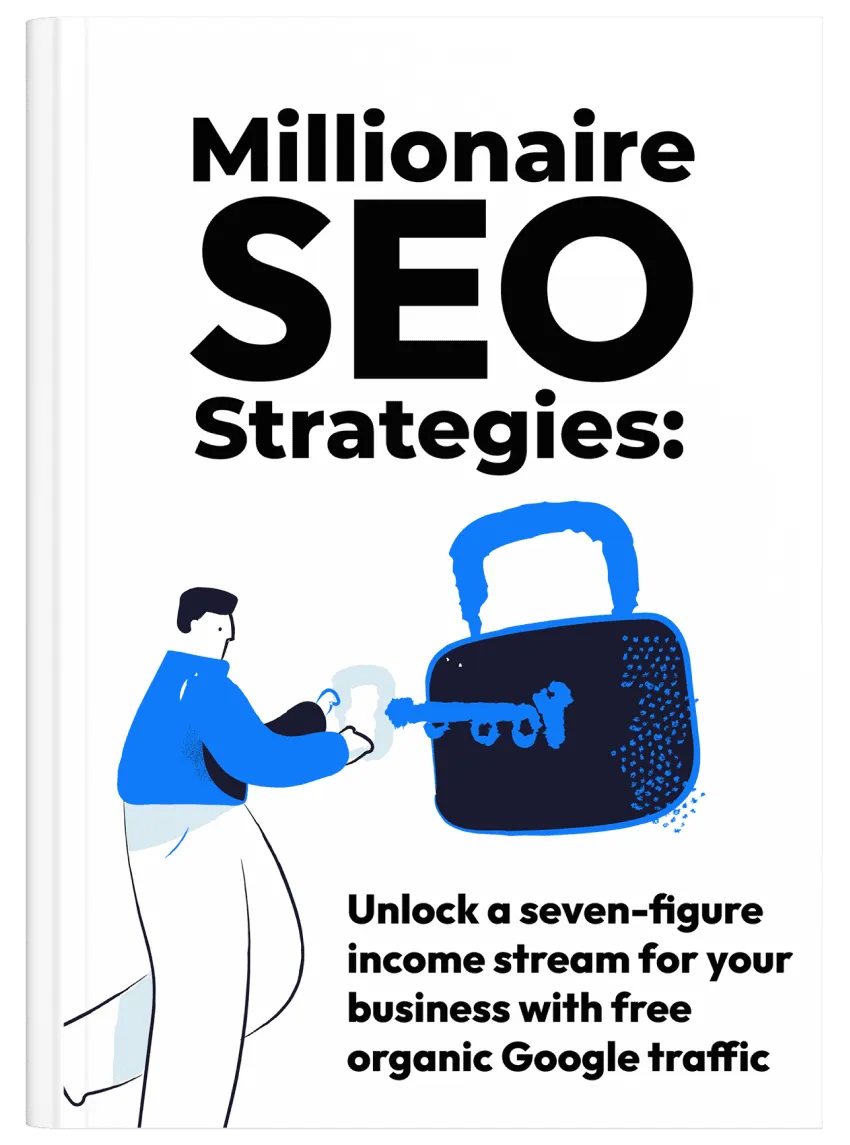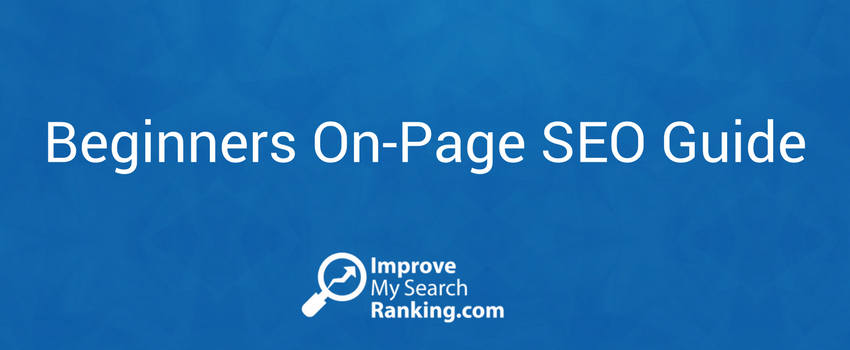
7 Common Outbound Link Mistakes & How To Avoid Them
Outbound links play a crucial role in SEO.
They’re not just pathways leading readers to more information; they also tell search engines what your content is about and how it connects to the broader web. But, like any tool, when used incorrectly, they can cause more harm than good.
In this article, I mention a few common mistakes people make with outbound links. I’ll also share tips on how to avoid these common pitfalls.
1. Using irrelevant anchor text can be harmful
Anchor text is the clickable text in a hyperlink, and it’s a key factor in SEO. The problem comes when anchor text doesn’t match the content of the linked page, is vague, or is over-stuffed with keywords.
Common mistakes:
- Using vague phrases like “click here” or “read more.”
- Choosing text that’s unrelated to the content it links to.
- Using keyword-stuffed anchor texts that have a negative effect on the user experience.
Why it matters:
- Poorly chosen anchor text can confuse both users and search engines. It may reduce the relevancy signals your site sends, negatively affecting your rankings.
- It can also frustrate readers, leading to a higher bounce rate.
How to get it right:
- Always use descriptive, relevant anchor text that gives readers a clear idea of what they’ll find when they click the link.
- For example, instead of “click here,” use “learn more about SEO best practices.”
- Avoid keyword-stuffed anchor texts and keep it organic.
2. Linking to low-quality websites can lead to Google penalties
Not all websites are created equal. Linking to sites with poor reputations or low-quality content can damage your site’s credibility.
What to avoid:
- Linking to sites filled with spammy or irrelevant content.
- Pointing to websites that have thin content or questionable practices.
- Sending users to websites that do not provide the best user experience.
Risks involved:
- Associating with low-quality sites can make search engines view your site as less trustworthy.
- In extreme cases, this can lead to penalties or a drop in rankings.
How to avoid this pitfall:
- Before linking, check the quality of the website. Look for well-researched, informative content and a clean design.
- Use tools like Moz or Ahrefs to assess the domain authority and overall reputation of the site.
- You can also check if other credible websites link to the target website.
3. Overusing dofollow or nofollow links can send wrong signals to Google
Understanding the difference between dofollow and nofollow links is essential. Dofollow links pass on SEO value, while nofollow links tell search engines not to follow them. It’s important to keep a natural profile by mixing dofollow and nofollow links where it makes sense to do so.
Common mistakes:
- Overloading your content with dofollow links can appear manipulative, signaling that you’re trying to game the system.
- On the other hand, using too many nofollow links might also send the wrong signals to Google that you’re hoarding all the link equity.
The right balance:
- Use dofollow links for reputable, high-quality sites that add value to your content.
- Reserve nofollow links for less authoritative sites or for situations where you want to avoid passing on SEO value, like in user-generated content or ads.
4. Failing to regularly audit outbound links
Outbound links aren’t a “set it and forget it” aspect of your site. Over time, links can break, become outdated, or lead to irrelevant content.
Common oversights:
- Broken links that result in 404 errors.
- Links that point to content that is no longer relevant or useful.
Why it’s a problem:
- Broken links frustrate users and can harm your site’s SEO.
- Outdated links may mislead readers or fail to provide them with the value they’re seeking, disturbing their search journey just because they landed on your website.
Staying on top of it:
- Regularly audit your site’s outbound links using tools like Semrush, Screaming Frog, or Ahrefs.
- Fix broken links promptly, either by updating them or removing them altogether.
- Replace outdated links with more current, relevant content.
5. Not considering the user’s journey when placing links
Outbound links should enhance the reader’s experience, not interrupt it. Misplacing them can disrupt the flow of your content.
What often goes wrong:
- Placing links too early in the content, causing readers to leave before fully engaging with the material.
- Overloading a page with links, making it hard for users to focus on the main message.
How to get it right:
- Place links where they naturally fit within the context, guiding readers smoothly to additional information without disrupting their experience.
- Use links strategically, focusing on quality rather than quantity.
6. Ignoring the context of the linked content
It’s essential that the content you link to matches the context of your page. Irrelevant links can confuse and frustrate readers.
Common mistakes:
- Linking to content that doesn’t directly relate to the topic at hand.
- Directing users to pages that don’t add value or are off-topic.
How to ensure relevancy:
- Always vet the content you’re linking to, making sure it aligns with your page’s message.
- Ask yourself if the link truly benefits the reader and enhances their understanding of the subject.
7. Overloading pages with outbound links
While outbound links are valuable, too many can overwhelm readers and dilute the impact of your content.
What to avoid:
- Filling a page with so many links that the main content gets lost.
- Creating a spammy appearance that turns readers and search engines off.
Keeping it balanced:
- Focus on linking to high-quality, relevant resources.
- Aim for a balance that provides value without overwhelming the reader.
Conclusion
By avoiding these common outbound link mistakes, you can maintain a site that not only ranks well but also offers a valuable, seamless experience for your readers.
Regular audits, thoughtful anchor text, and strategic link placement will keep your outbound linking strategy on point.
How do you use outbound links on your website? Let us know in the comment section below.







